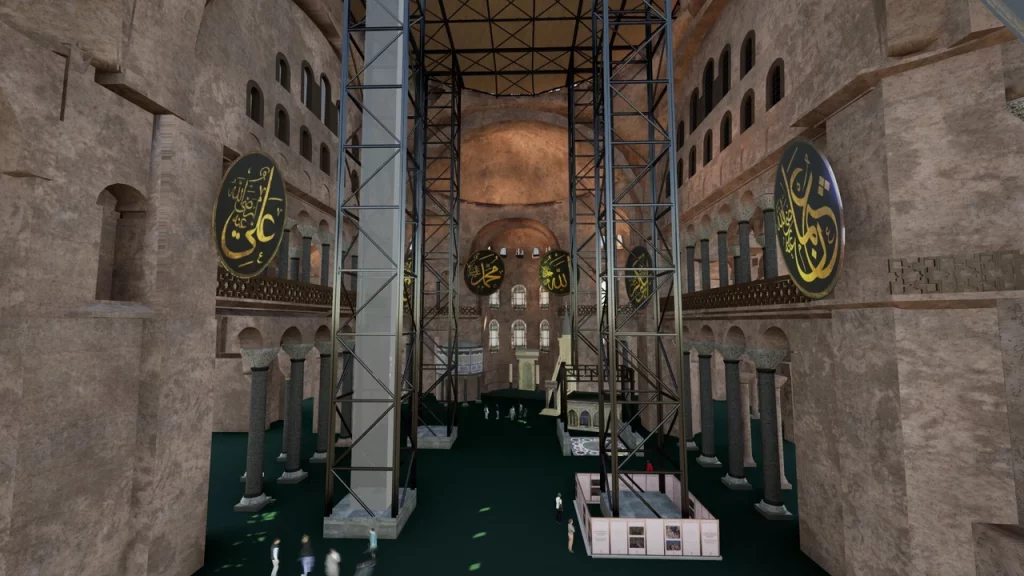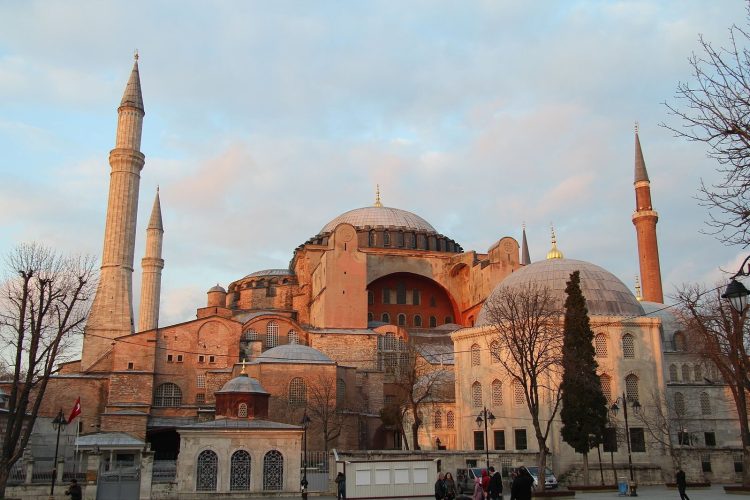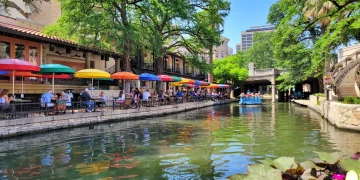For those who travel not just to see but to feel, to taste, and to understand, Istanbul stands as a mesmerizing crossroads of civilization. It’s where minarets pierce the skyline beside grand domes, where the aroma of sizzling lamb mingles with the spice-laden breeze, and where every cobblestone corner whispers stories from empires past. Straddling two continents and shaped by centuries of diverse rulers, Istanbul is not just a city—it’s a vibrant tapestry woven with culture, cuisine, and charisma. Whether you’re standing beneath the Byzantine majesty of Hagia Sophia or sipping tea in a tucked-away café overlooking the Bosphorus, Istanbul offers a kaleidoscope of experiences that seduce the senses and stir the soul.
Istanbul’s Cultural Heritage: From the Hagia Sophia to the Grand Bazaar, Istanbul Is a City Steeped in History
To walk through Istanbul is to walk through time. The city once known as Byzantium, then Constantinople, has worn many crowns—each leaving an indelible mark on its character. At the heart of its historical core lies Hagia Sophia, a marvel that has served as both church and mosque, now a museum-mosque hybrid, shimmering with golden mosaics and Islamic calligraphy. Step inside and you feel the weight of millennia.
Just across from it stands the Blue Mosque, or Sultan Ahmed Mosque, famed for its six minarets and an interior dressed in over 20,000 Iznik tiles, all in cool shades of blue and turquoise. These architectural giants are not just monuments—they’re living expressions of Istanbul’s religious and artistic duality.
The city’s Topkapi Palace once housed sultans and their harems, and walking through its opulent courtyards and jewel-studded chambers gives a peek into Ottoman luxury. Then there’s the underground serenity of the Basilica Cistern, a subterranean water reservoir adorned with stone Medusa heads and soft lighting—a surreal blend of engineering and mysticism.
But perhaps nowhere pulses with history like the Grand Bazaar, one of the oldest and largest covered markets in the world. With over 4,000 shops spread across 60 streets, it’s a labyrinth of color, sound, and scent. This is more than a market—it’s a centuries-old trading hub that has connected East and West, selling everything from hand-woven carpets to hammered copperware, from fragrant spices to antique jewelry. Bargaining is part of the experience, and every purchase carries the weight of legacy.
Outside the tourist core, neighborhoods like Balat and Fener showcase Istanbul’s multicultural heritage—where Armenian churches, Jewish synagogues, and Greek Orthodox schools coexist on cobblestone streets, adorned with colorful houses and laundry fluttering in the wind.
Must-Try Turkish Dishes: Discover the Flavors of Baklava, Kebabs, and Turkish Delights
If Istanbul’s architecture tells the story of its empires, then its cuisine tells the story of its people. Food in this city is not simply nourishment—it’s an art form, a ritual, and a celebration. The flavors reflect the crossroads of civilizations, blending Central Asian, Middle Eastern, Mediterranean, and Balkan influences into something distinctly Turkish.
Begin with meze, a spread of small dishes like haydari (garlicky yogurt dip), baba ghanoush, and stuffed grape leaves, typically served with raki, the anise-flavored national spirit. Then dive into the many forms of kebab—from the sizzling skewers of shish kebab to the juicy wraps of döner or the spicy, ground lamb Adana kebab served with grilled tomatoes and flatbread.
No visit is complete without tasting lahmacun, the Turkish answer to pizza—a thin crust topped with minced meat, herbs, and lemon juice, folded and eaten by hand. Then there’s manti, Turkish dumplings drenched in garlicky yogurt and spiced butter, offering an addictive combination of soft, tangy, and savory.

But the crown jewel of Turkish sweets is undoubtedly baklava, layers of flaky pastry, crushed pistachios, and syrupy goodness that melt on the tongue. For something more delicate, try lokum, or Turkish delight—rosewater, lemon, or pomegranate-flavored cubes dusted in powdered sugar, a treat that has enchanted travelers for centuries.
Pair every meal with endless cups of çay (black tea) served in tulip-shaped glasses, or sample rich, thick Turkish coffee, prepared the traditional way in copper cezves. Served with a glass of water and perhaps a piece of lokum, it’s less about caffeine and more about ceremony.
Istanbul also boasts a burgeoning modern food scene, where young chefs reinvent traditional flavors. At places like Neolokal and Mikla, dishes like lamb neck with smoked yogurt or olive oil-poached fish with sumac-infused sauce bring Anatolian roots into a fine-dining future.
Top Spots to Visit: Where to Go for the Best Food, Cultural Experiences, and Scenic Views
To truly understand Istanbul, you must wander with appetite and curiosity. Start your mornings with simit—a sesame-encrusted bread ring sold from street carts—and head to Galata Tower for sweeping views of the city. From there, walk down through Karaköy, a gentrified neighborhood filled with boutique cafés and art galleries.
The Spice Bazaar in Eminönü is a feast for the senses—mounds of saffron, dried fruits, and nuts piled high, while shopkeepers tempt you with sweet figs and fragrant teas. Just steps away lies the Rustem Pasha Mosque, a hidden gem famed for its stunning blue tiles and peaceful atmosphere.
Cross the Galata Bridge and you’ll find Ortaköy, a picturesque waterfront area perfect for grabbing a kumpir (stuffed baked potato) and watching ferries cruise by. Head up to Çamlıca Hill on the Asian side for panoramic city views that stretch across continents.
For a more local dining experience, explore the bustling Kadıköy district. Its Fish Market is the gateway to an authentic evening of rakı-balık (raki and fish), while adjacent streets like Moda Caddesi hum with bistros, bookstores, and music bars. It’s Istanbul unfiltered.
Want a more serene moment? Visit the Princes’ Islands, where horse-drawn carriages and bicycles replace cars, and waterfront mansions whisper of Ottoman aristocracy. Büyükada, the largest island, offers peaceful pine forests, historic churches, and charming seafood restaurants.
And for a truly immersive experience, time your visit with cultural festivals like the Istanbul Tulip Festival in April, or the Istanbul Biennial, which turns the city into a living museum of contemporary art.
Conclusion
Istanbul doesn’t ask to be loved—it simply overwhelms until you surrender. With every step, every bite, and every encounter, it weaves you deeper into its spell. It’s a city of contrasts and harmonies, of ancient echoes and modern rhythms, where a call to prayer might rise above a rooftop jazz bar, and where a humble street stall serves food worthy of royalty.
For the cultural explorer, Istanbul offers history as alive as the city itself. For the gourmand, it’s a palette of rich, layered flavors that reflect its diverse heritage. And for the traveler who craves both depth and delight, Istanbul proves again and again that it’s not just a place on the map—it’s a journey of the senses.





















